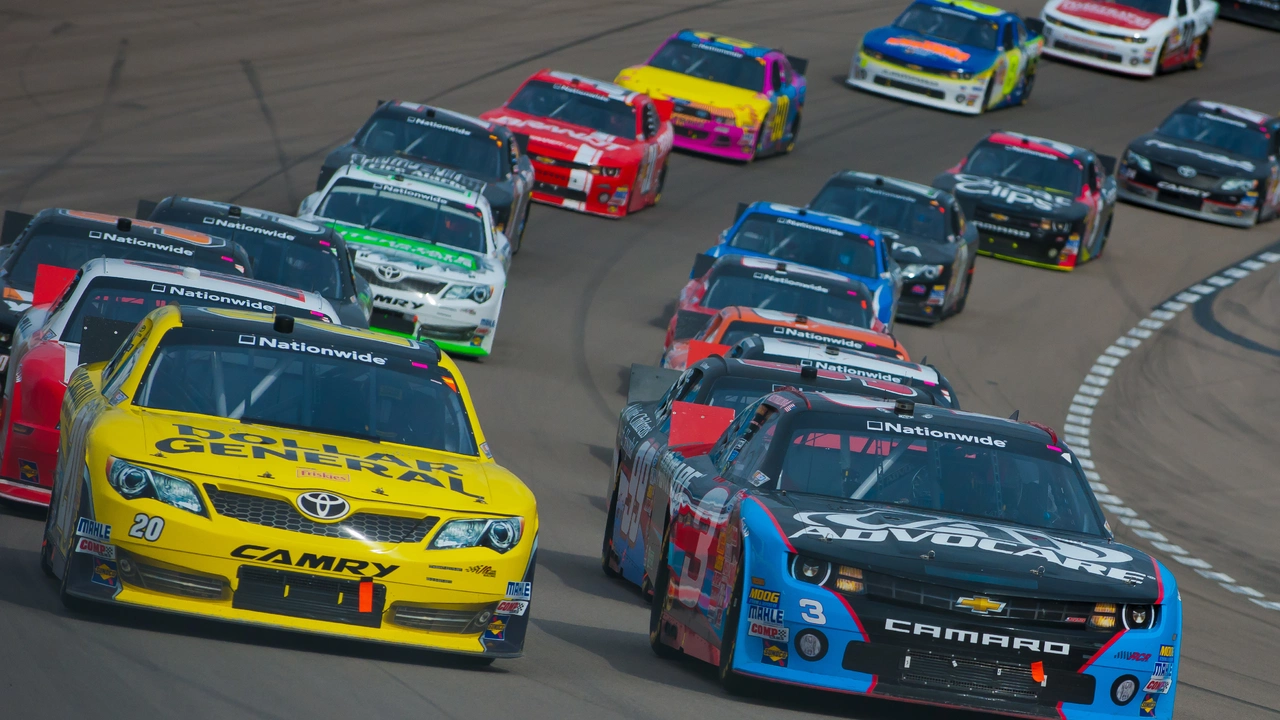Racing Conditions – What Every Driver Should Know
When the lights go green, the first thing most fans notice is speed. What they often overlook is how much the environment controls that speed. From rain soaking the asphalt to a hot afternoon that fries tires, conditions decide whether you’re sliding past the competition or stuck in the mud. Understanding these factors lets you tweak your setup, keep your focus, and finish strong.
Weather’s Role in Racing
Rain is the biggest game‑changer. Wet tracks lose grip fast, so drivers switch to slick‑approved rain tires that have deeper tread. Those tires push water out and keep the car from roaring off the road. If the rain stops, you’ll need to decide when to hop back to slicks – waiting too long means slower lap times, but switching too early can cause a spin.
Heat works the opposite way. Scorching temperatures raise tire pressure, making the rubber harder and less sticky. Many teams lower tire pressure before the race to keep the contact patch wide. Also, engines run hotter, so cooling systems get a fresh look. Simple tricks like shading the car in the garage or using a spray bottle on radiators can shave seconds off a run.
Wind isn’t as obvious, but a strong gust can push a car off its line on a straight. Drivers learn to anticipate crosswinds, especially on exposed sections of a circuit, and adjust steering input by a few degrees.
Track Surface and Grip
Not all tracks are created equal. Asphalt tracks that are freshly laid offer more grip than older, rubbered‑in surfaces that become slick after many laps. Some circuits add a layer of polymer to increase grip, while others deliberately keep it loose for a challenge. Knowing the surface lets you pick the right tire compound – softer for sticky asphalt, harder for abrasive or dusty tracks.
Dirt and gravel tracks demand a completely different approach. Here, low‑pressure tires and a softer suspension let the wheels dig in without bouncing. Riders and drivers will also shift their weight more aggressively to keep the bike or car planted.
Altitude matters too. Higher elevations mean thinner air, which reduces downforce and engine power. Teams often tweak aerodynamic settings and fuel mixture to compensate, while drivers focus on smoother steering inputs to avoid losing momentum.
Finally, night races bring cooler air and reduced visibility. Headlights become part of the car’s aerodynamics, and drivers rely on track markings and memory more than sight. Warm‑up laps are essential to bring tires up to operating temperature before the green flag.
Bottom line: racing isn’t just about raw power. It’s a constant dialogue between you, the machine, and the surroundings. Keep an eye on the forecast, study the circuit’s surface, and adjust your setup early. The more you respect the conditions, the faster you’ll feel on the track.
Why do race car drivers lose weight?
0 Comments
Hey folks! You might be wondering why those speed demons in racing suits come out of their cars looking like they've just had a month-long gym session. It's not magic, it's because they actually lose weight during races! Yes, you read that right. Due to the intense heat and physical exertion, a driver can sweat off anywhere from 2 to 4 kgs in a single race! So, next time you're thinking about a workout, maybe consider a few laps around the track...in a race car!
Read More